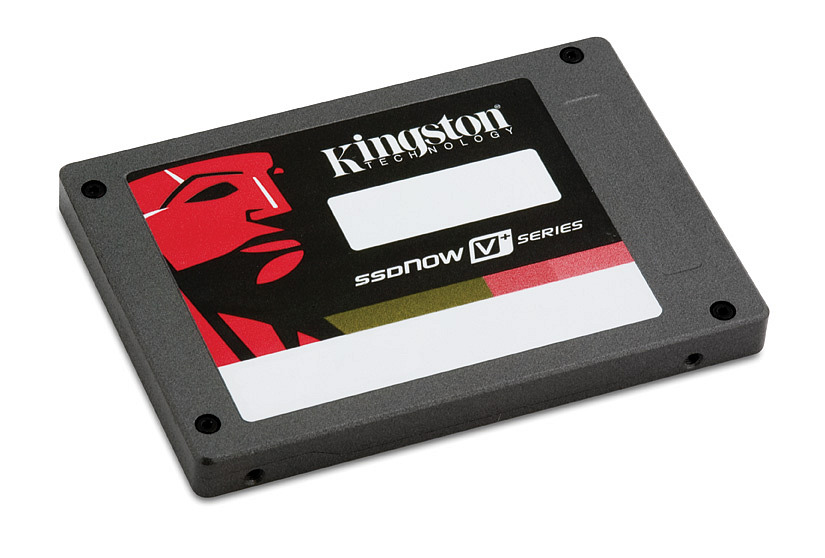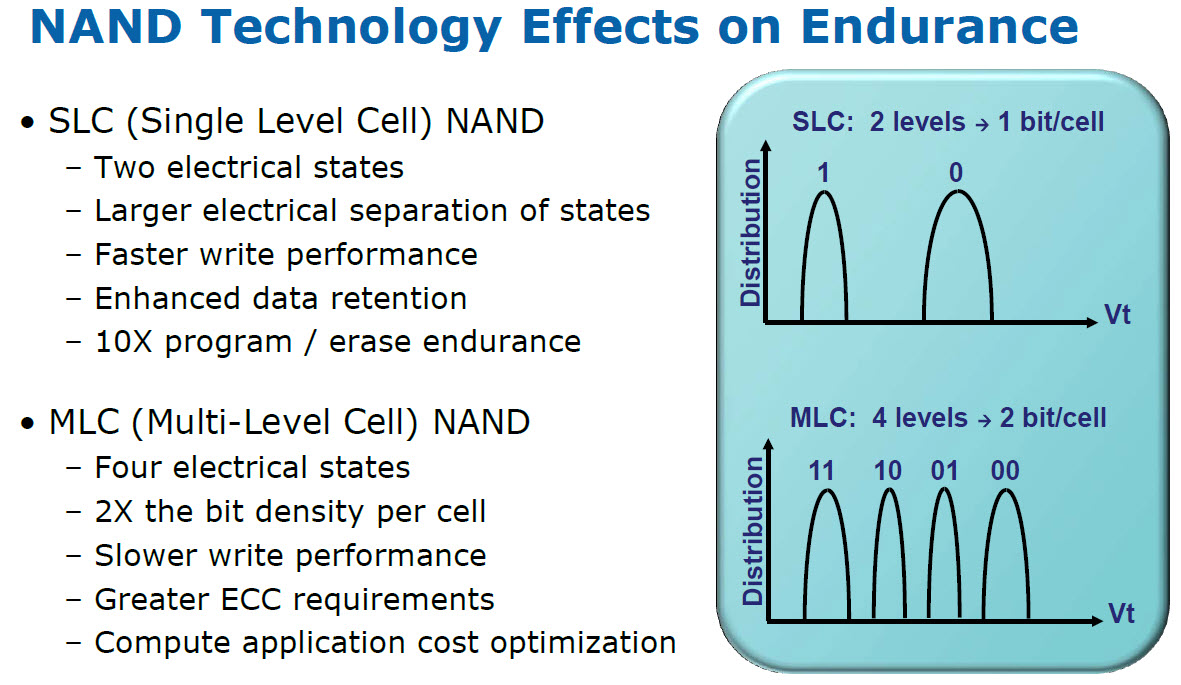Q&A: Tom's Hardware And Kingston On SSD Technology
Kingston Up Close
Getting new information from a major vendor isn't always easy. Once you get through the marketing pages and white papers, it can feel like everything has all been said before. And maybe it has. But by getting information straight from the horse's mouth, in a candid, informal conversation, sometimes new facts emerge or get said in new ways that make them more intelligible or pertinent.
This particular conversation between Tom’s Hardware and Kingston grew from the memory vendor’s ongoing evangelism meetings, called SSD Acceleration Programs, in which the company goes out and presents the technology to IT professionals to explain what it is and the benefits it offers. Attendees cover the whole spectrum of technical knowledge, but several questions seem to always emerge from audiences. We used those as the basis of the following conversation with Kingston senior technology manager Louis Kaneshiro and lead engineer Tony Chen.
Tom's Hardware: Hi, guys. I know the technical press, including Tom’s, has done a good job of describing the ins and outs of SSD technology. I’d like to see if we can tackle some of the big issues within SSD, like endurance and TRIM, in a little different way.
Louis Kaneshiro: That sounds good. I should throw in here, William, we launched the V+ drive just a few days ago, and that does support TRIM.
TH: Great—now I’ll have to upgrade my V-series. Thanks. Any more product placements you want to add?
LK: No, I'm good. [laughs] Just so you know, I'm more of a user first and a geek second. I know the geek route has been traveled many times on this subject. So I'm going to try to take it from a little bit more of a user perspective. Let's move out of the benchmarks and into the real world.
TH: OK, let's start with endurance. We know that early SSDs were at risk of failure. What's the reality today?
Get Tom's Hardware's best news and in-depth reviews, straight to your inbox.
LK: Tony should jump in here, but it’s true. They do wear out—the NAND that's in your USB drive, the microSD card in your BlackBerry, your camera, all of that. It has a limited amount of program/erase cycles—write cycles—and sooner or later you are going to reach the end of that. When you do, essentially that drive will stop working.
Tony Chen: More precisely, when you reach the mean time of a drive—its data endurance—it’s not really a fail. It's not like the data is no longer there or the format has vanished. It just becomes read-only at the end of its life. You still can recover your data to other media. Most of our Kingston SSD drives carry at least one million hours MTBF, their average life span. We also cover at least three years in the drive warranty. That data endurance compares well against traditional hard drives. Actually, SSD has a better life span in the media and in the interface. And SSD has 1500 G of operational shock tolerance. You’re not going to find that on a hard drive. So however you want to look at it, SSD has a better life endurance.
TH: So SSD failure isn’t like an HDD head crash where I'd just lose everything. I don’t have to panic, even if the drive goes “bad.”
TC: Yes.
-
nonxcarbonx Kingston's mitigation software is the best I've seen. On another note, is there a link to the destruction video?Reply -
pink315 "Now, with a hard drive, the arm has to move. Now, with a hard drive, the arm has to move."Reply
I'm not sure if you were trying to be dramatic, or if you just accidentally wrote the same thought twice. Just pointing it out. -
ta152h One way to preserve some of the life of any hard drive is to shut off virtual memory. Most computers don't need it, and if you do, than you're probably better off getting more memory anyway.Reply
The ideal thing for booting up fast would be to go back to using core memory :-P. RAM that doesn't lose power when you turn it off is pretty cool. Low power, low heat, and would impress people when you say "Oh, that? It's my core memory array.". You'd get dates for sure. Can't say what they'd look like, or if they'd be sane. Or even female :( .
Still, I'd buy it. Cache handles most reads anyway, and I'm too old fashioned to feel something is a computer without some form of magnetic storage in it. -
outlw6669 Fun read but nothing really new...Reply
I like how good they are at dodging the tough questions.
What value is there in Kingstons Intel based SSD's vs Intel original?
Well, they helped Kingston launch a very strong product :P
-
neiroatopelcc Maybe it's just me, but I don't feel they properly answered the question of why there's a wear difference bewtween sequential and random ...Reply -
mitch074 I solved my netbook's boot times...Reply
It runs Linux, with a compressed kernel image.
Looks like real mode disk access, registry hives, antivirus and such do slow Windows boot times. -
vvhocare5 I guess Im not a fan of these types of interviews. The interviewee is really just trying to get advertising for their product and they only say good things and gloss over the negatives. They also have some good one liners they toss out, but thats about it.Reply
I would prefer to see the product benchmarked and compared on price..and then let us decide how we are going to spend our money. -
anamaniac Interesting interview.Reply
Keep them coming. =)
Now I have the urge to go buy a 256GB SLC drive and play flaming baseball with it... I probably shouldn't... -
El_Capitan I like how they say, "The worst kind of writes that you can apply to an SSD are random. You will wear a drive out quicker that way". However, Kingston and Intel put all their advertising efforts into promoting the speed of their IOPS for their SSD's for server environments. That means they want you to buy their product to use it so it wears out quicker... which means you need to buy another one to replace it. Now that's a wicket smart business strategy.Reply

